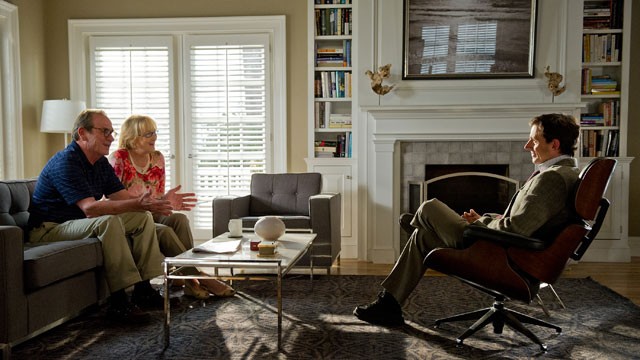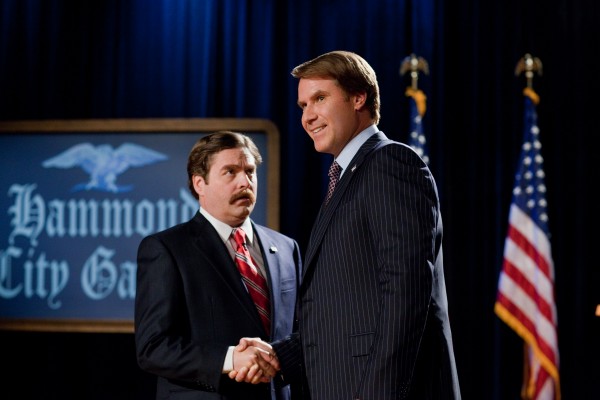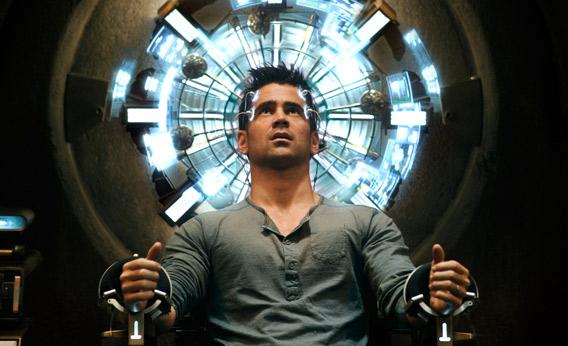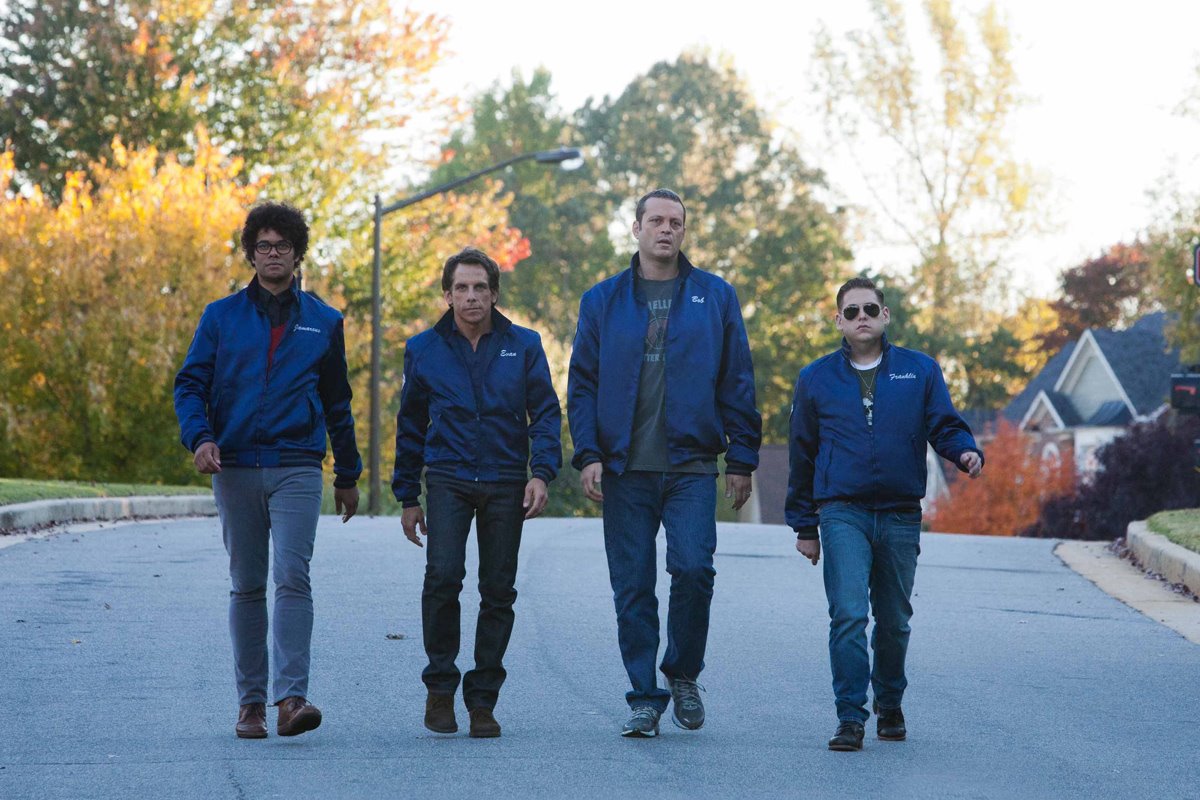The 20th Annual St. Louis International Film Festival kicked off at 8 p.m. on Thursday night with “The Artist,” a film by Michel Hazanavicius.
Set in 1927 through 1931, “The Artist,” filmed in black-and-white and in the silent tradition, tells the story of George Valentin (Jean Dujardin), a silent film star whose career takes a hit as “talkies” become all the rave in Hollywoodland.
Valentin’s long-time collaborator, Zimmer (John Goodman), refuses to produce anymore silent pictures and fires Valentine to make way for “fresh faces.”
Among these fresh faces is Peppy Miller (Berenice Bejo), a star-struck girl who works her way to stardom by starting as an extra in one of Valentin’s films. The two maintain a flirtatious relationship throughout “The Artist.”
Incredibly ambitious and well-crafted, “The Artist” is a charming and beautiful film, if a bit too nostalgic. Writer-director Hazanavicius helms “The Artist” with a sure hand and a glowing admiration for the silent age of American cinema. It is perhaps this fondness, though, that makes “The Artist” merely delightful and cute, never great.
Hazanavicius captures many of the characteristics of the era quite accurately. From the onslaught of sequels, to the star system, to the prevalence of animals as co-stars, “The Artist” feels fully committed to its historical aesthetic. It misses, however, some of the drama of the era that might have made it a more interesting film and might have actually filled out its 100-minute running time more completely.
“The Artist” looks back on the silent film era like a mature adult upon the squalors of one’s youth. It overlooks the fact that not every film was campy and silly. Let’s not forget that John Ford, Charlie Chaplin, Buster Keaton, and F.W. Murnau, among others, produced bona fide classics in this era. Furthermore, sex scandals rocked the star culture and the Hayes production code caused tension and creative differences in Hollywood studios.
But not in Hazanavicius’s film. Everything is quaint and cute, and too much so, except for an unusually dark and undeserved twist near the end of the film.
All the performances are wonderful, Dujardin in particular. What these actors are able to accomplish with their facial features is a pleasant reminder that movies are made of moving pictures, not just words, to tell a story. Goodman is a delight as well, reminding me that his performance in “The Big Lebowski” was brilliant as much for his facial reactions as for his delivery of the Coens’ blistering dialogue.
Even though “The Artist” cheats a few times in fully delivering on its aesthetic commitment, it is, nonetheless, a film that is hard not to smile at. It just falls short of the greatness that some are claiming it achieves. “The Artist” is a pleasant love letter to cinema and a brave endeavor in the age of 3-D. If only it had been a bit shorter or had taken itself a little more seriously, instead of constantly winking at the audience.
3.5/5







